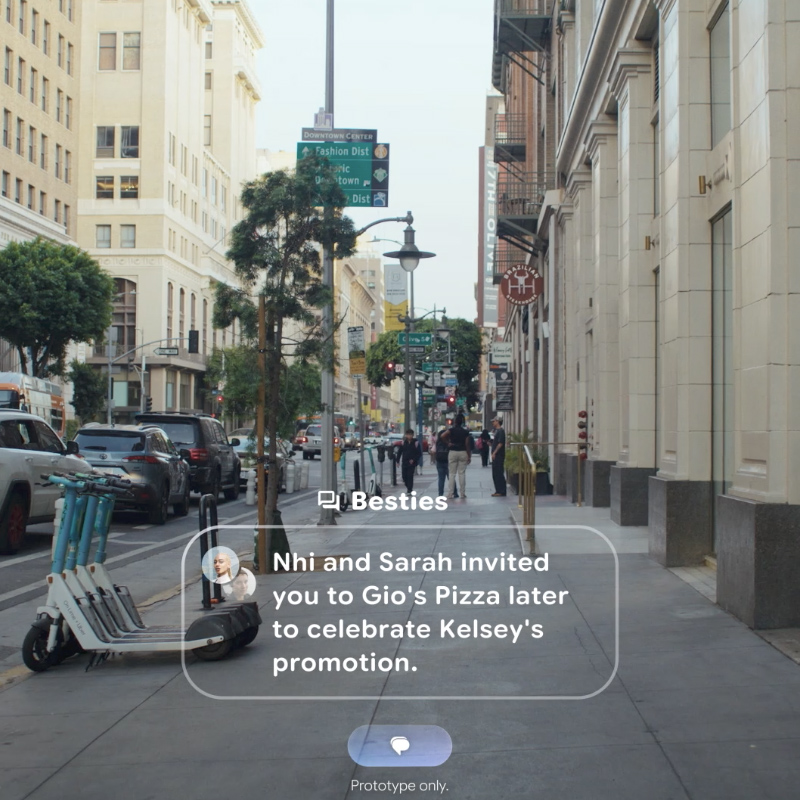Google Android XR: A New Vision for the Future of Eyewear
In the ever-evolving landscape of technology, eyewear is no longer just about style or vision correction—it’s about integration, innovation, and immersion. Google’s latest venture into extended reality (XR) with Android XR marks a significant step forward in transforming how we interact with the world. But what does this mean for eyewear enthusiasts and tech-savvy individuals alike? Let’s take a closer look.
Learning from the Past: The Google Glass Experiment
If the name Google and eyewear sound familiar, you’re likely recalling the infamous Google Glass from 2013. Touted as the next big thing in wearable tech, Google Glass introduced features like hands-free photography, navigation, and notifications—all in a futuristic-looking frame. While revolutionary in concept, the product faced criticism for privacy concerns, limited functionality, and its steep price tag. The venture fizzled out in the consumer market, leaving many to wonder if eyewear and cutting-edge technology could truly coexist.
Fast forward to today, and it’s clear Google has learned from its missteps. With Android XR, Google is not just re-entering the eyewear arena; it’s enabling a new generation of smart glasses powered by its technology.
What Makes Android XR Different?
AI Integration with Gemini One of the standout features of Android XR is the integration of Gemini AI. Unlike the limited functionality of Google Glass, this advanced AI assistant offers real-time language translations, contextual navigation, and seamless multitasking. Imagine walking through a foreign city while your glasses provide live subtitles for conversations or guide you with turn-by-turn directions directly in your line of sight.
A More Mature Ecosystem Back in 2013, AR and VR were niche technologies. Today, the landscape is vastly different. Android XR is built on the shoulders of a thriving ecosystem that includes everything from immersive gaming to practical everyday applications. Android XR enables developers and hardware manufacturers to integrate apps like Google Maps, Photos, and even a multitasking Chrome browser into their devices—making them useful for work, travel, and leisure.
Partnerships for Success Google isn’t going it alone this time. Through its collaboration with Samsung, it plans to release a mixed-reality headset codenamed “Project Moohan.” This partnership not only ensures top-tier hardware but also reflects Google’s commitment to delivering a polished and competitive product. Google’s role is to provide the software and AI foundations that empower hardware makers to bring innovative products to market.
Focus on Practicality Unlike the sleek but conspicuous design of Google Glass, prototypes of AI-powered glasses enabled by Android XR appear more subtle and wearable. This shift towards everyday aesthetics reflects the broader industry’s prioritisation of user adoption and practicality.
The Current Smart Eyewear Landscape
Android XR isn’t entering an empty field—the smart eyewear market is already heating up. Ray-Ban, in partnership with Meta, has introduced the Meta Wayfarer smart glasses. These frames seamlessly combine the iconic style of Ray-Ban with integrated cameras, voice control, and social media functionality, providing a fashionable gateway into the world of wearable technology.
Meanwhile, Even Reality has launched smart glasses focused on augmented reality, offering innovative solutions for industries such as healthcare, logistics, and education. These glasses aim to bridge the gap between consumer technology and professional use cases, showcasing the versatility of AR when paired with lightweight and user-friendly designs.
The competition is fierce, but Google’s expertise in AI and its Android XR platform could set it apart by enabling manufacturers to deliver more advanced and versatile smart eyewear solutions.
Why This Matters for Eyewear Enthusiasts
For those of us passionate about eyewear, Android XR’s innovations are more than just a tech leap—they’re a cultural moment. Eyewear has always been a blend of form and function, and now it’s entering a new realm of possibility. Could prescription lenses be paired with augmented reality? Will high-end designers collaborate on frames that integrate AI seamlessly? The potential for innovation is vast, and the eyewear industry is poised to evolve in unprecedented ways.
The Future Is in Focus
At Luminista, we’re dedicated to keeping you informed and inspired about all things eyewear. Google’s Android XR is a fascinating development, not just for tech enthusiasts but for anyone who sees their glasses as more than an accessory. Whether you’re intrigued by the potential of AR-enhanced lenses or sceptical after the Google Glass experiment, one thing is certain: the line between fashion and function in eyewear is becoming increasingly blurred—and that’s a vision worth watching.

















